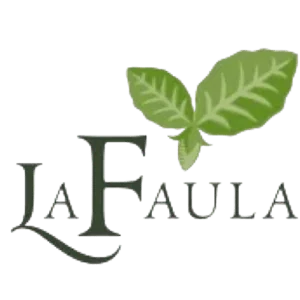La Faula: An Example of
Passion and Resilience
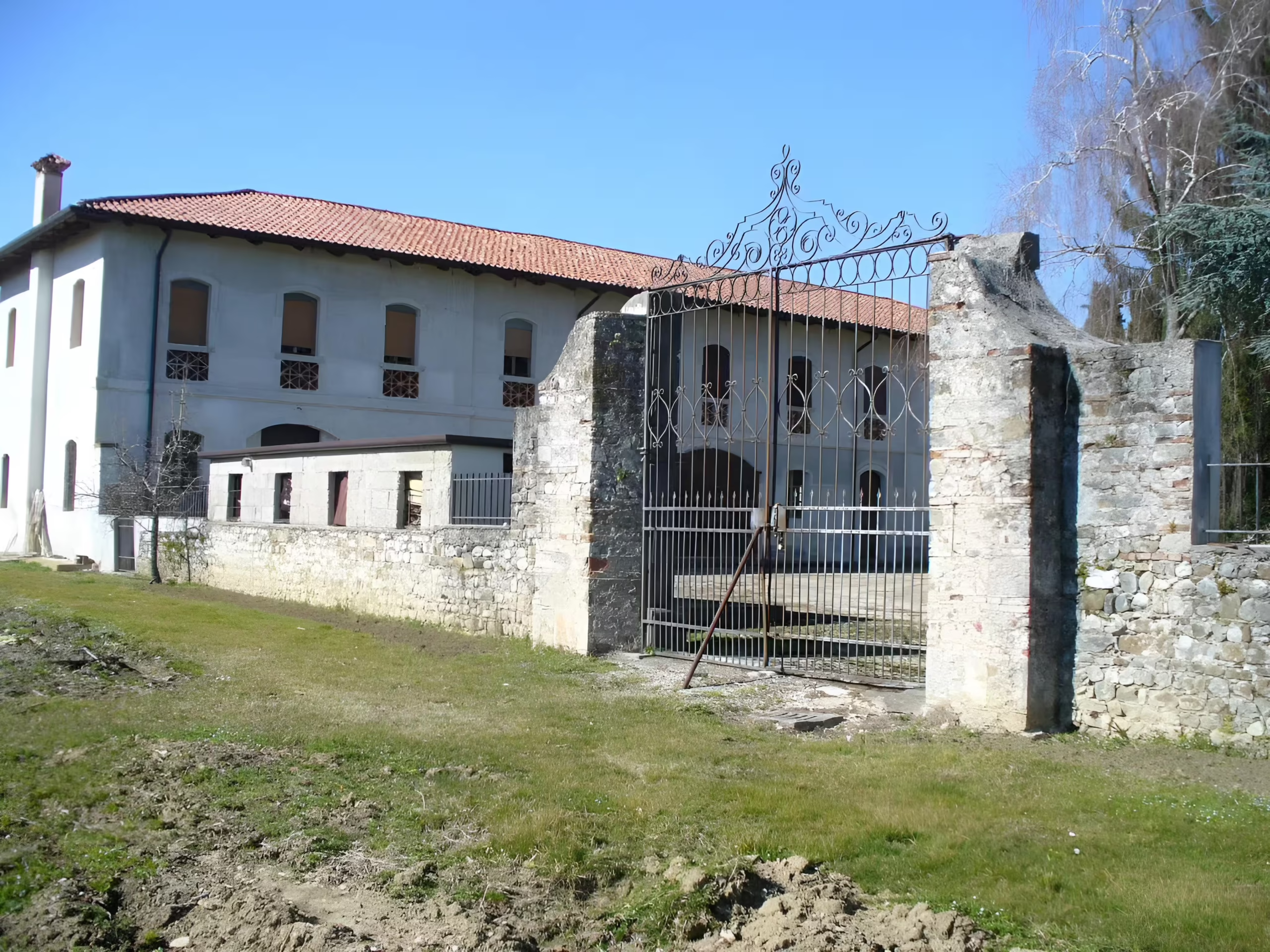
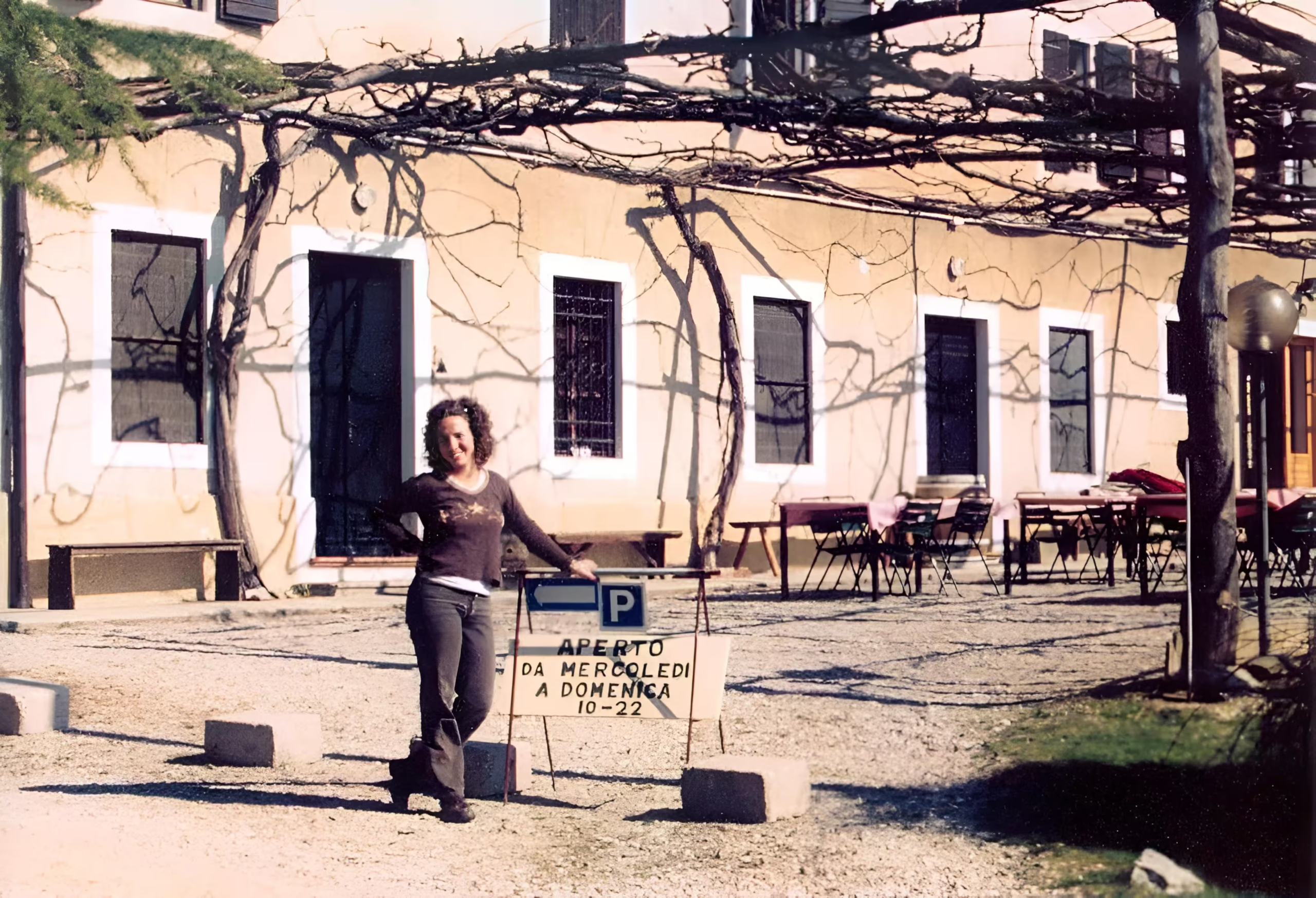
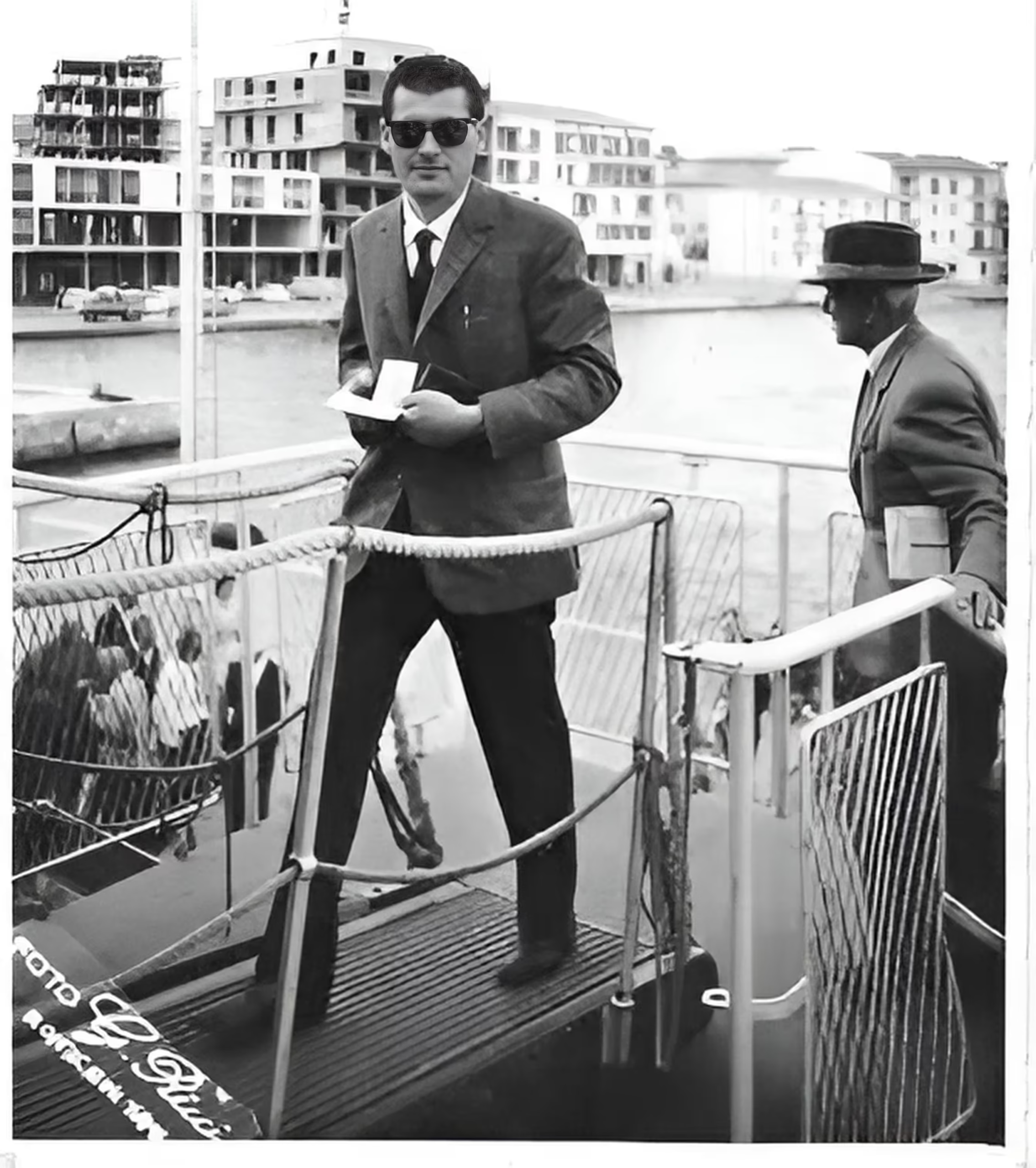
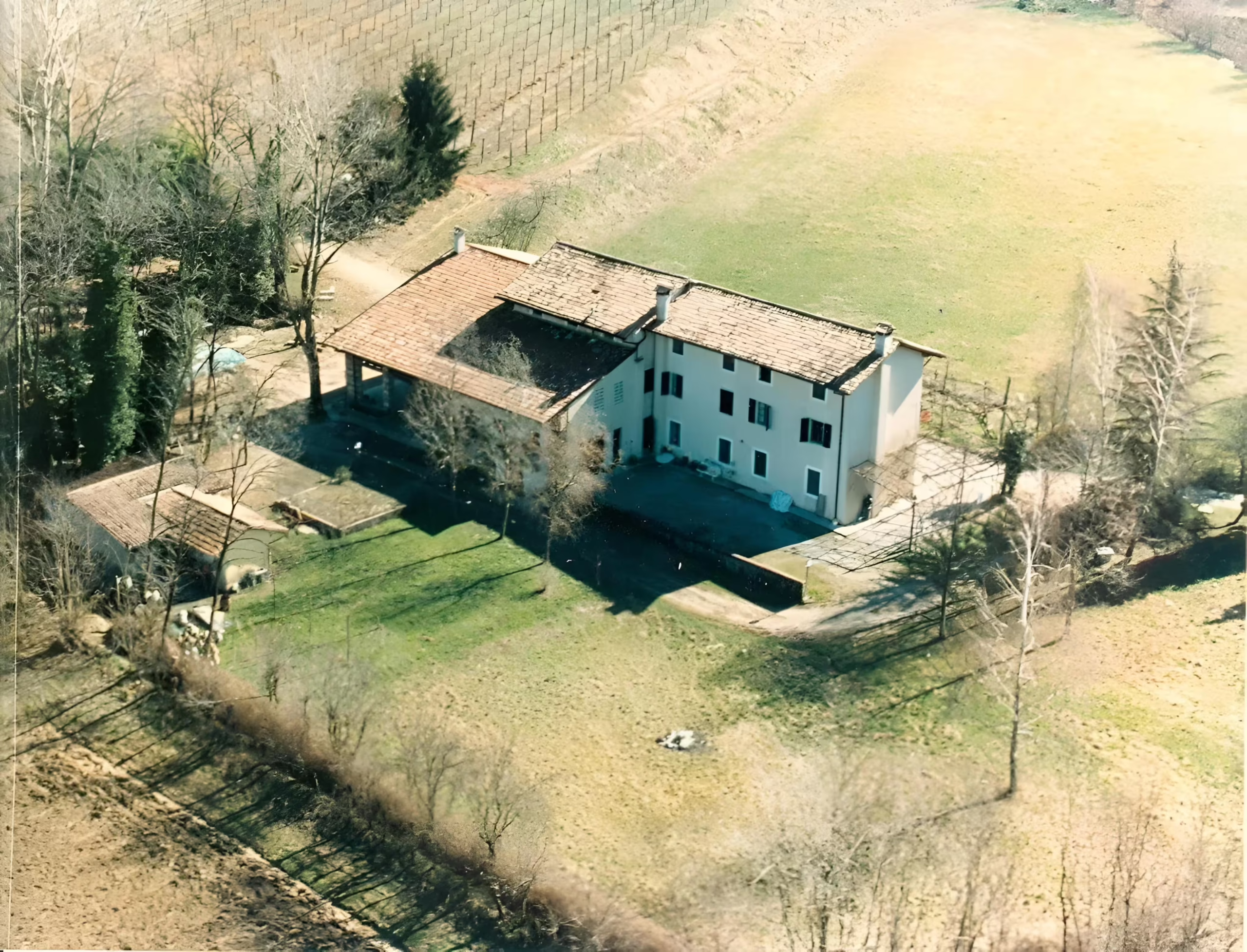
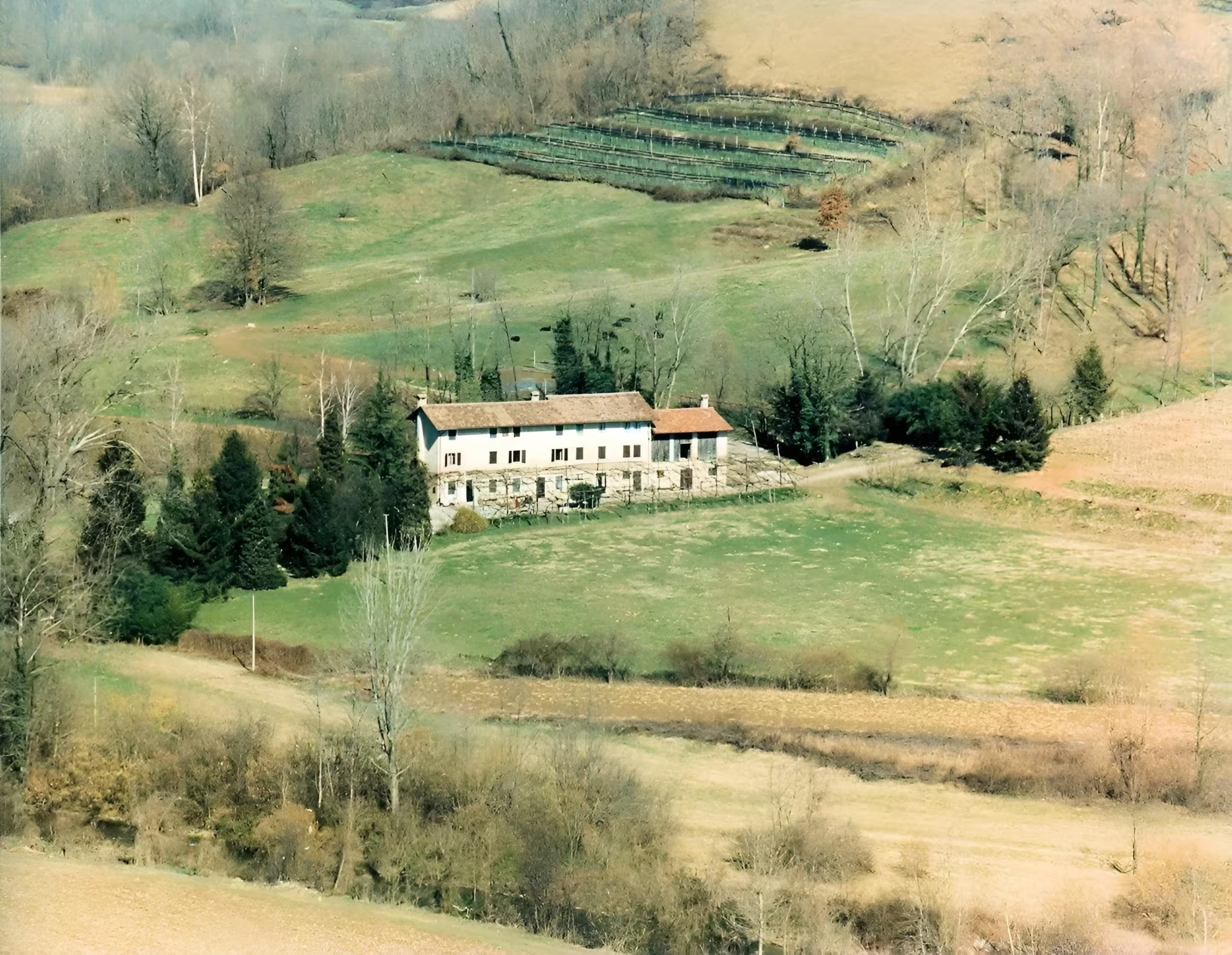
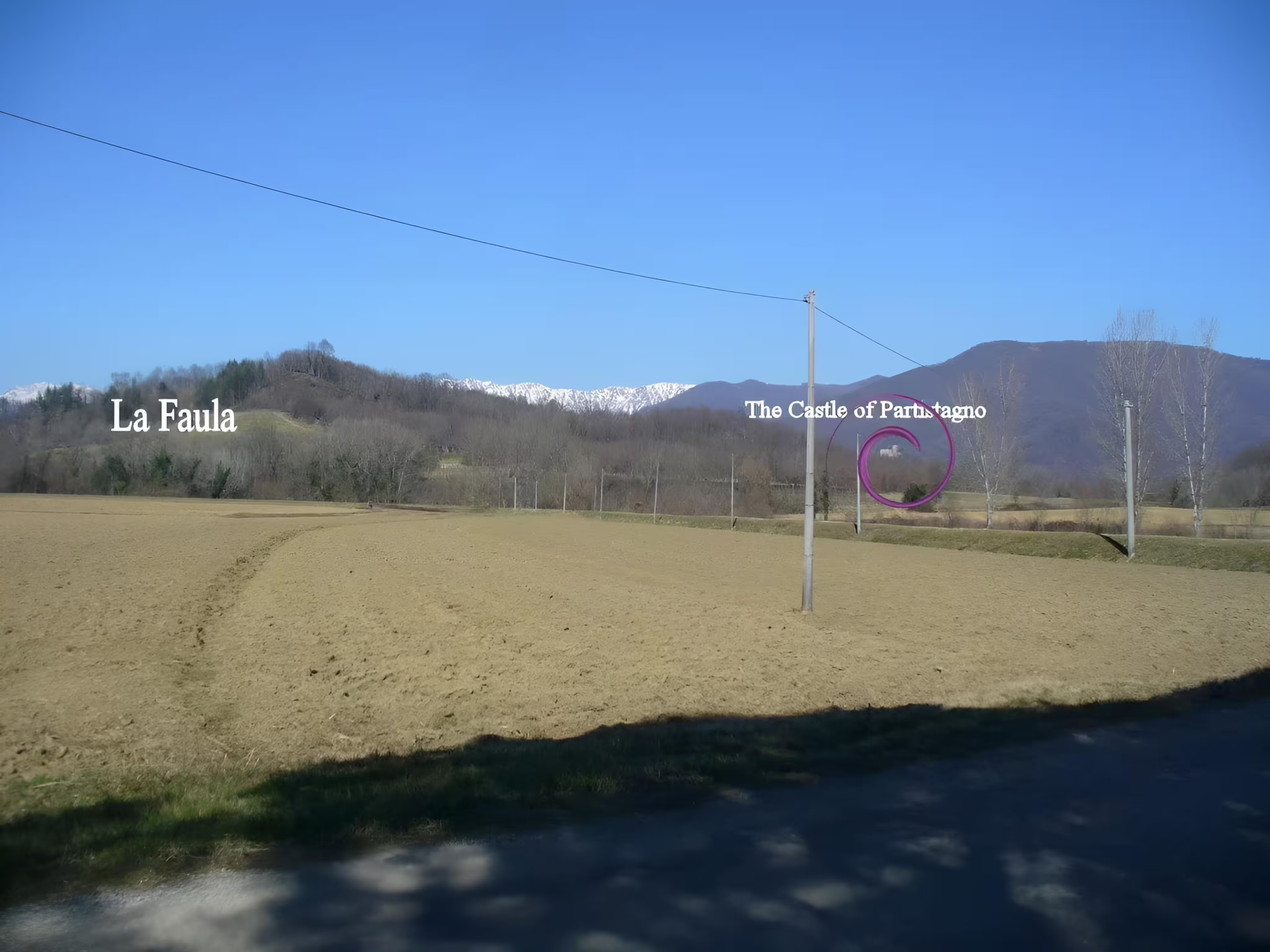
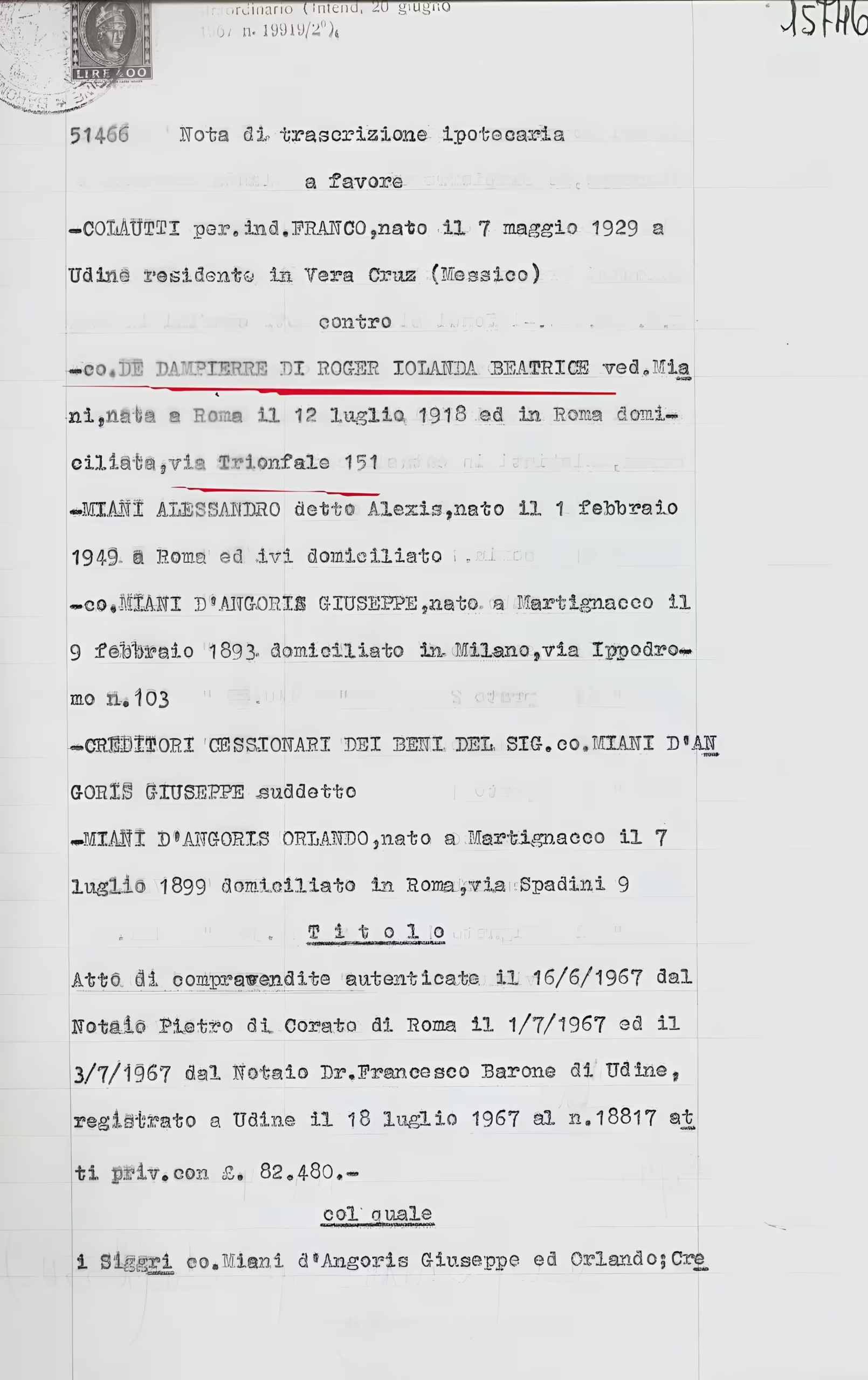
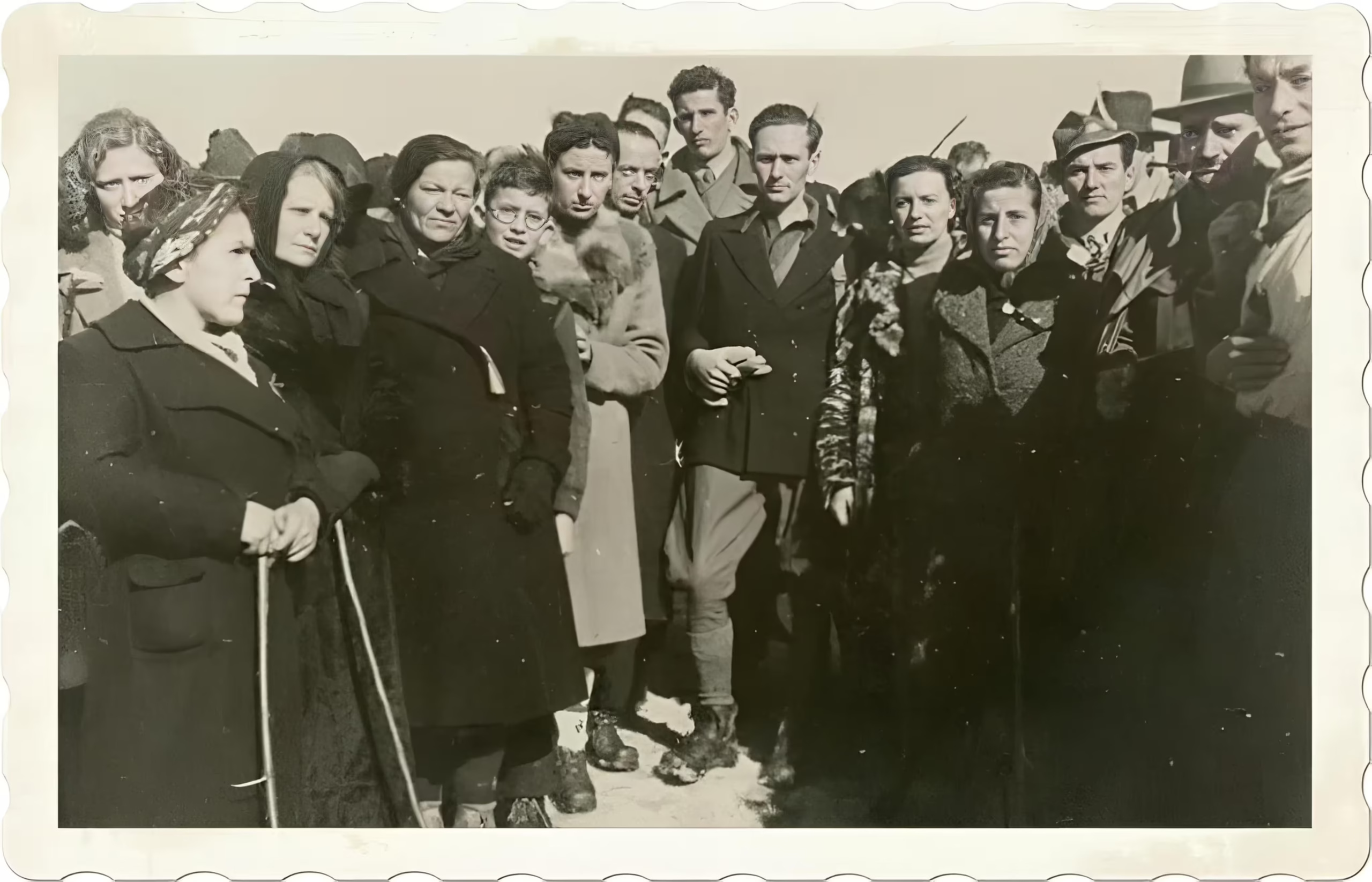
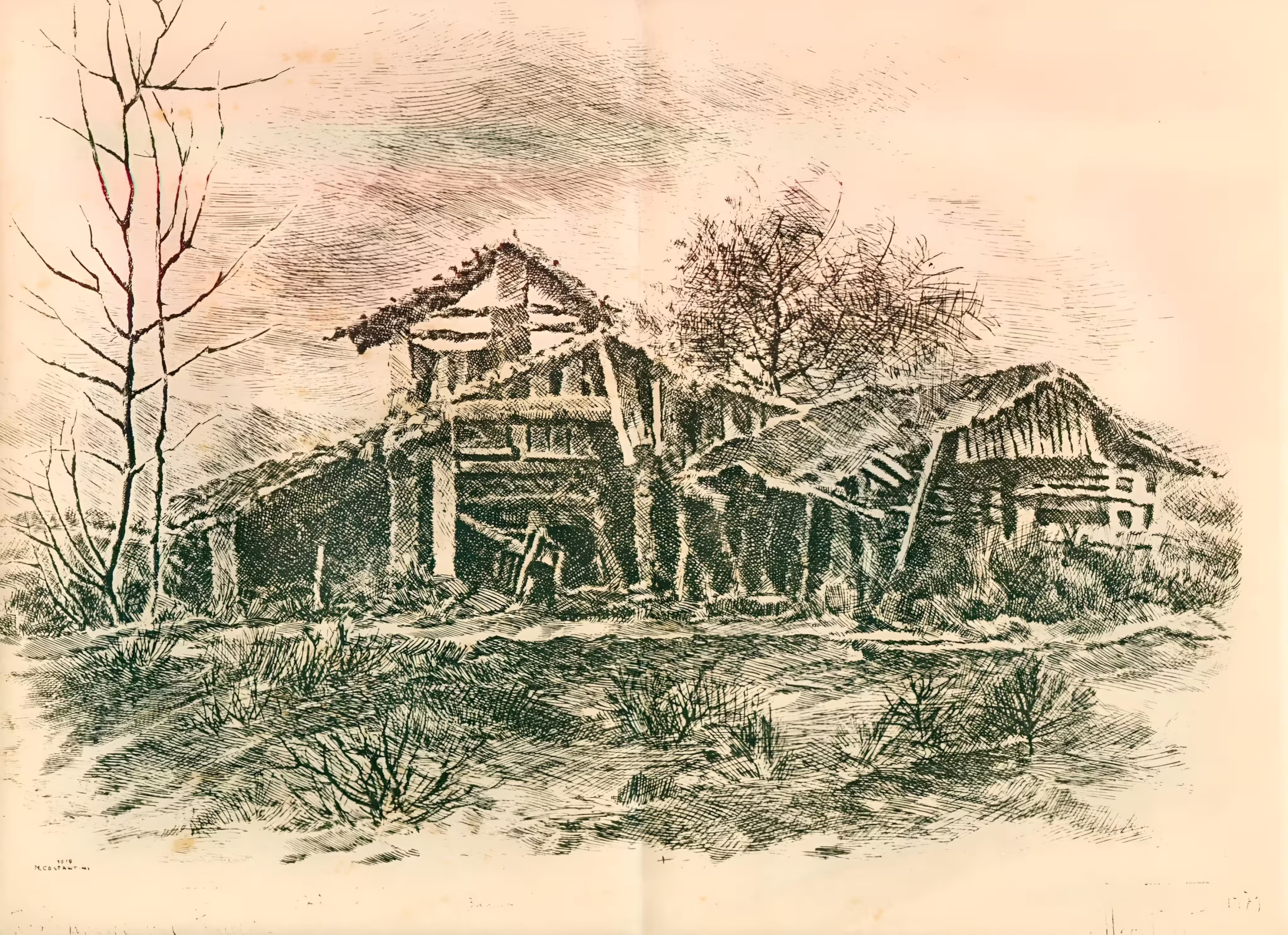
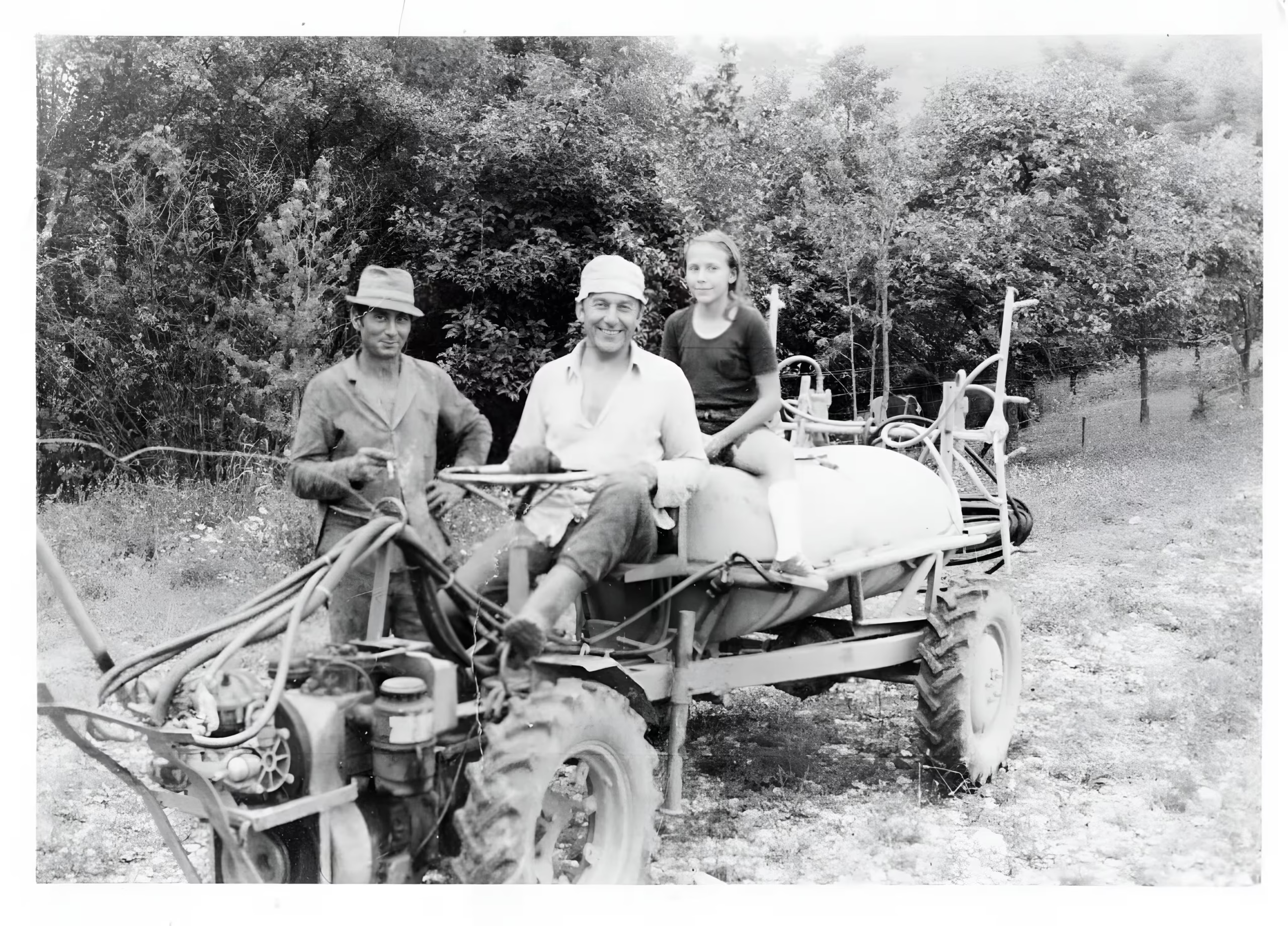
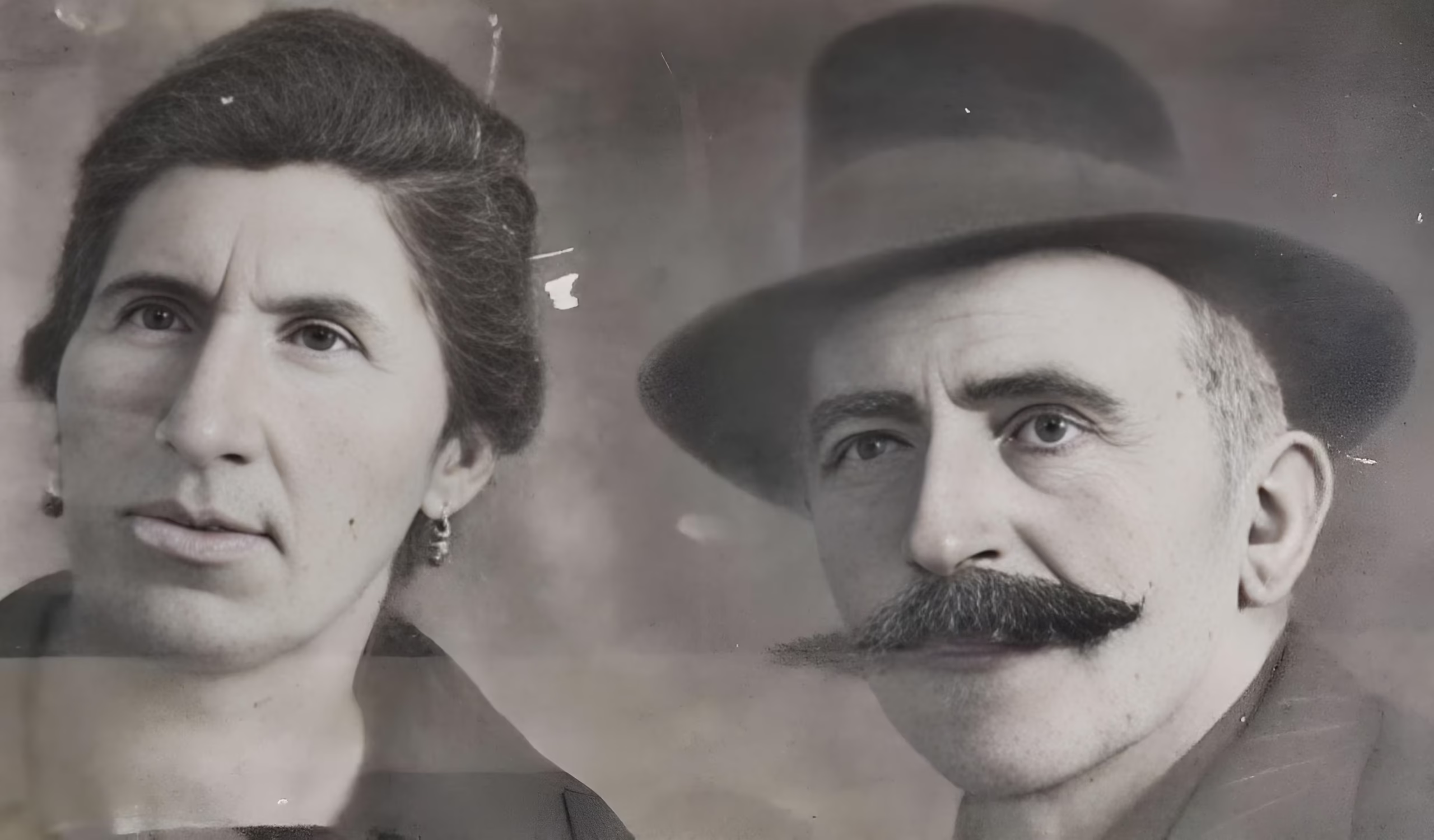
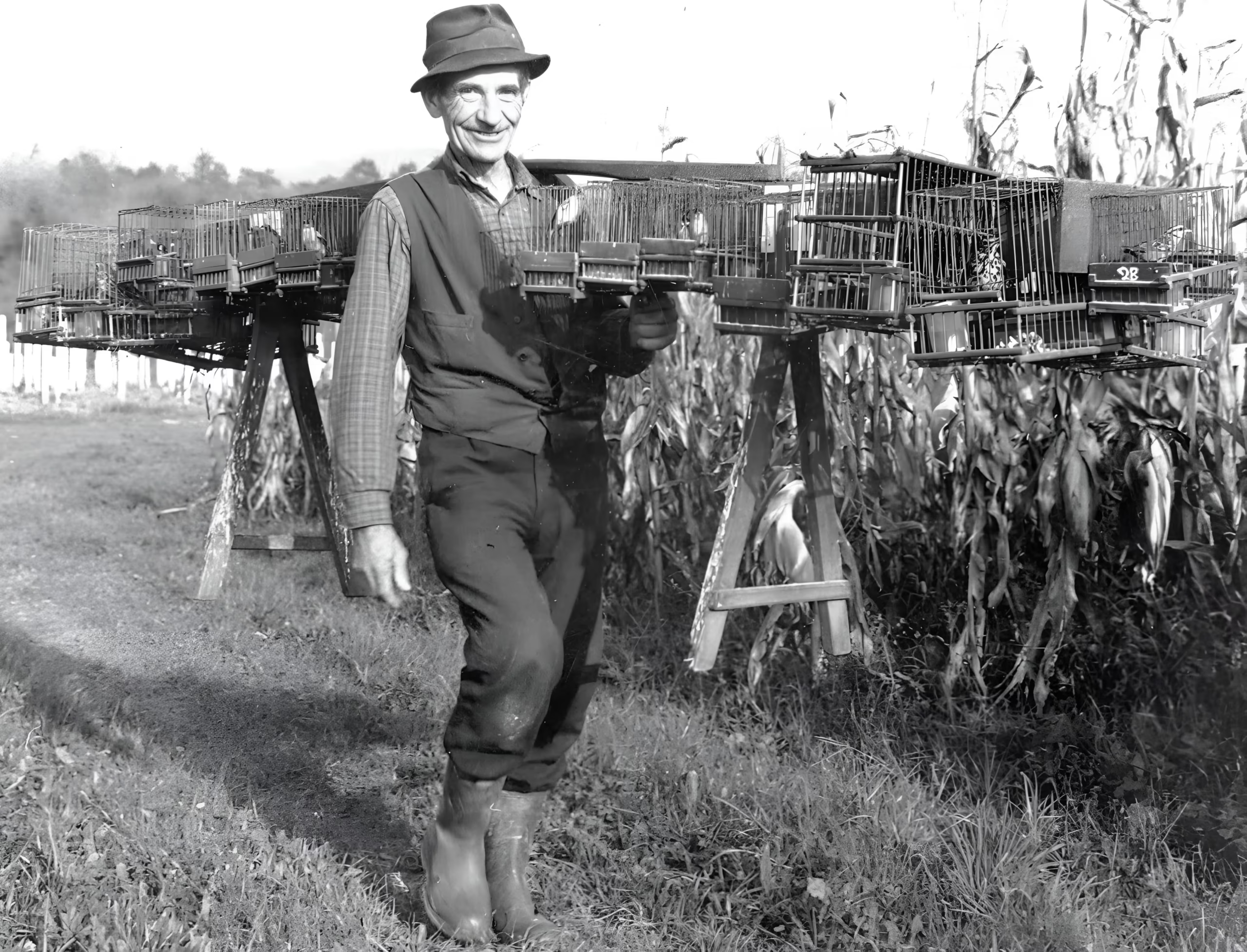
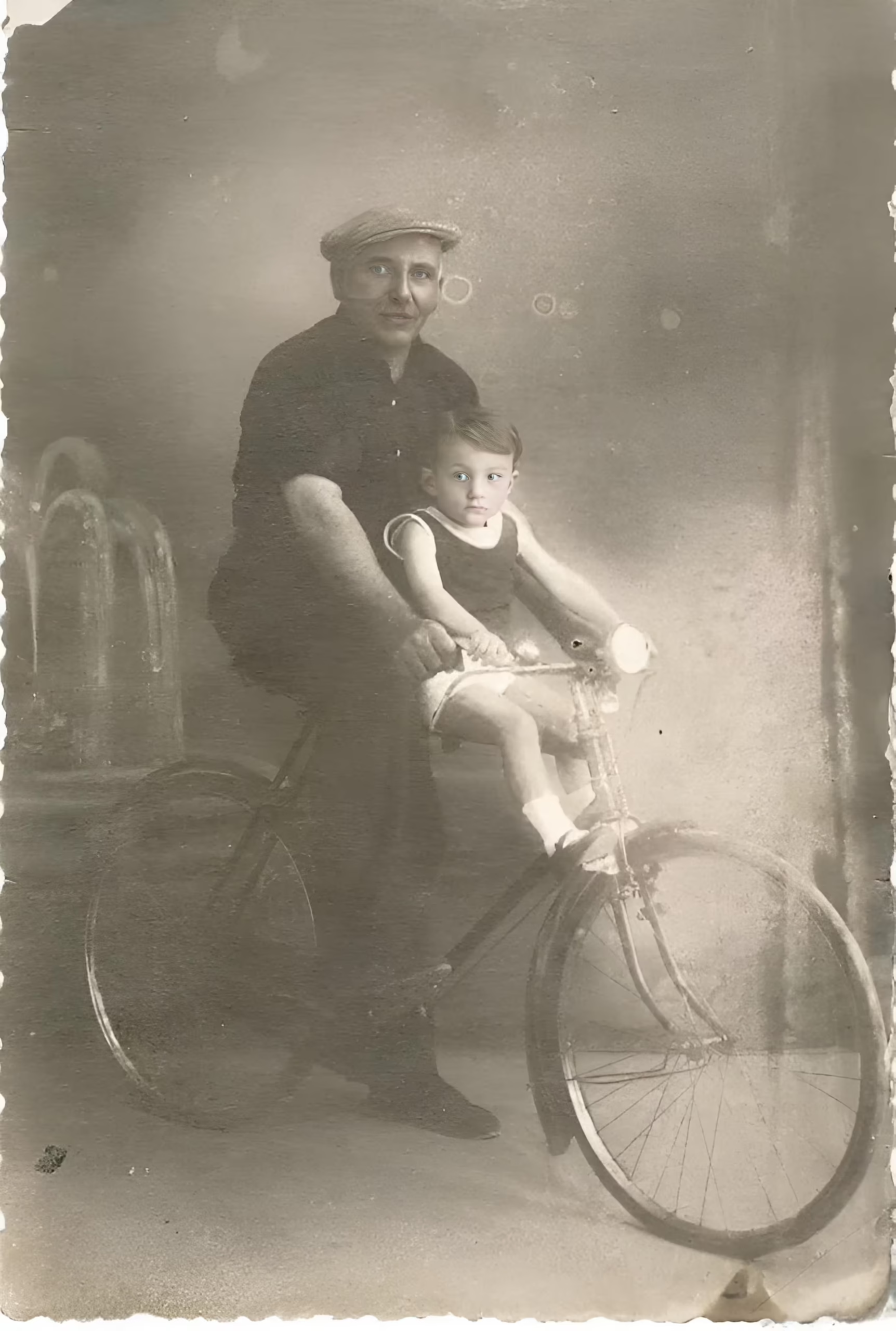

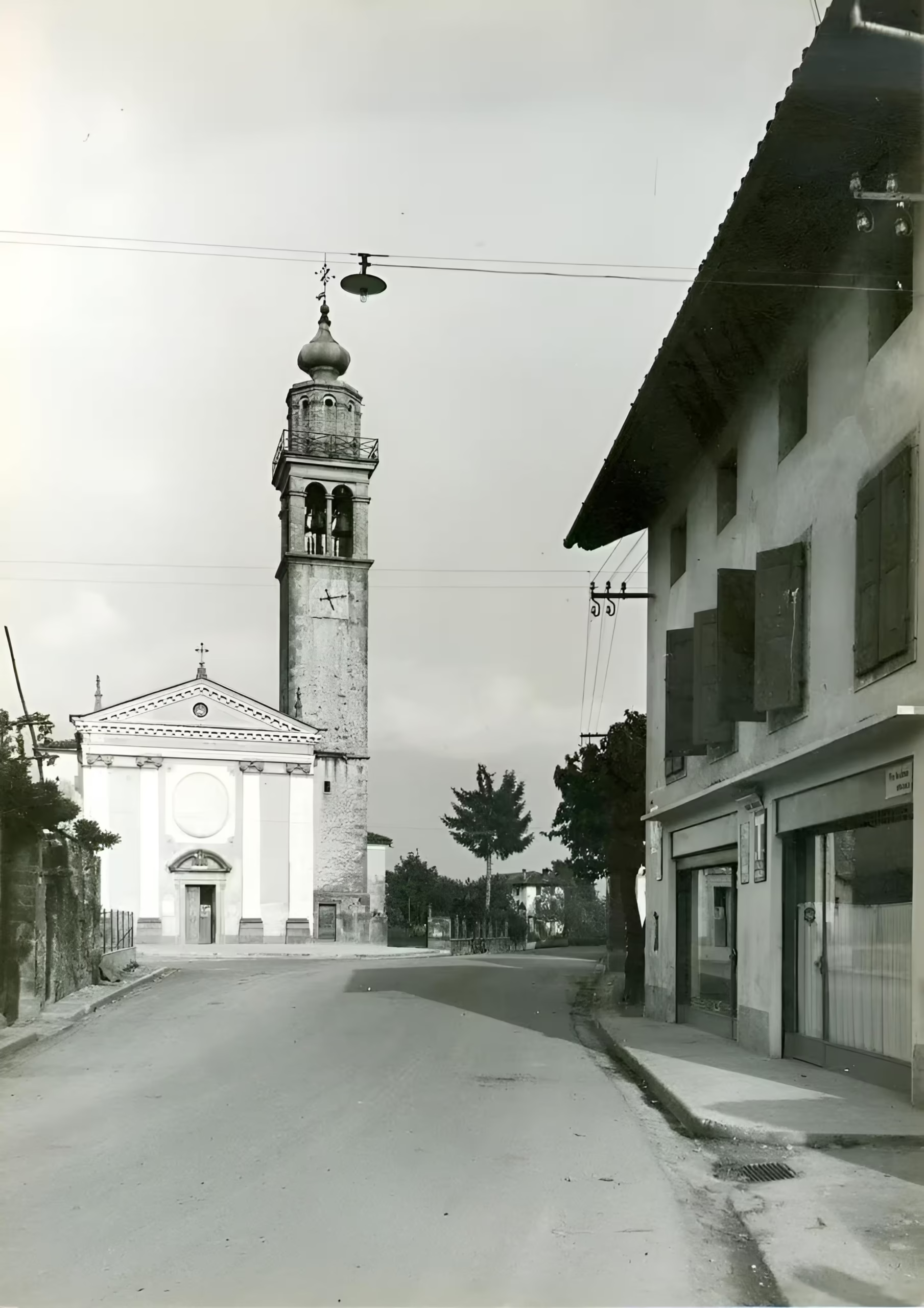
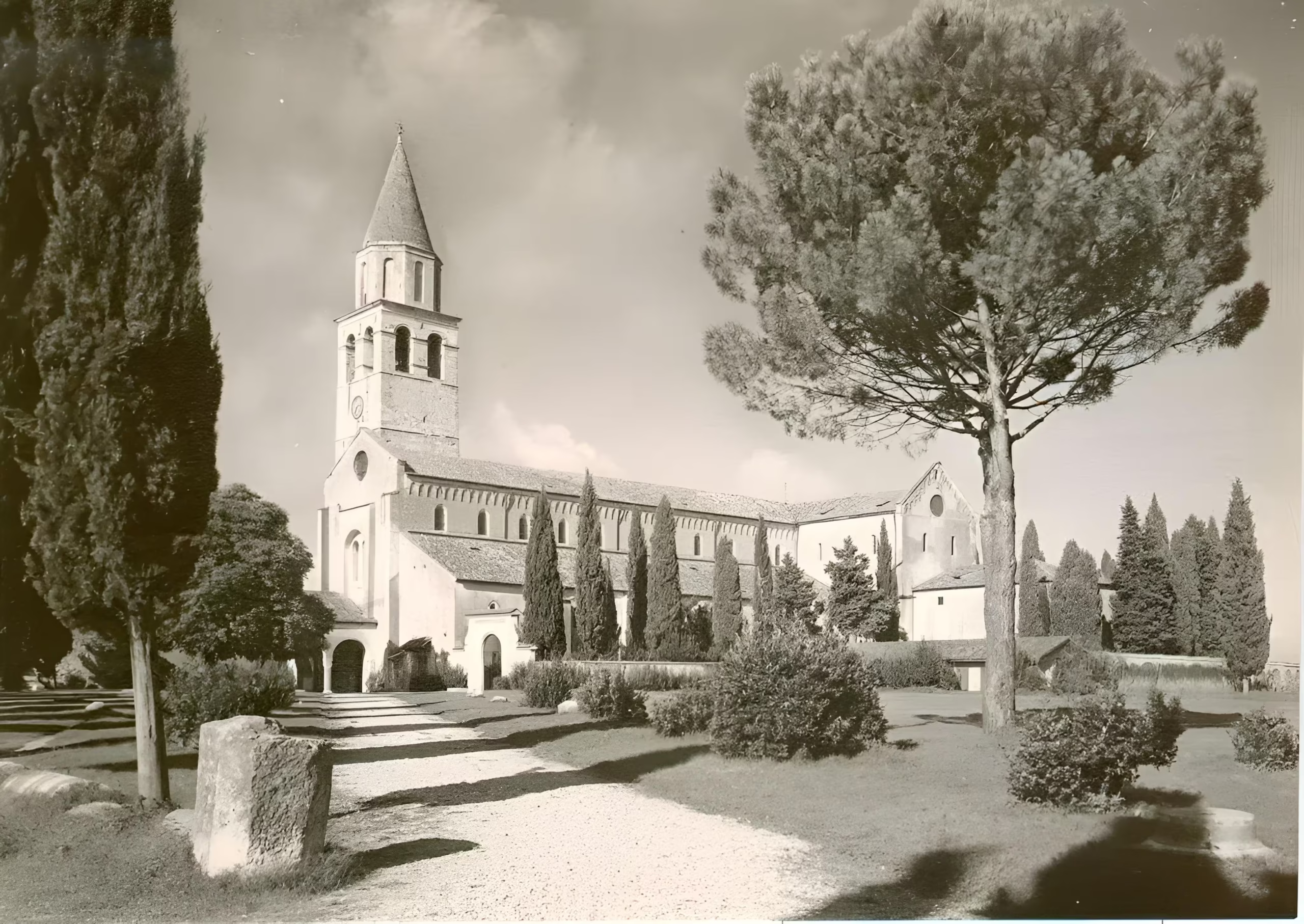
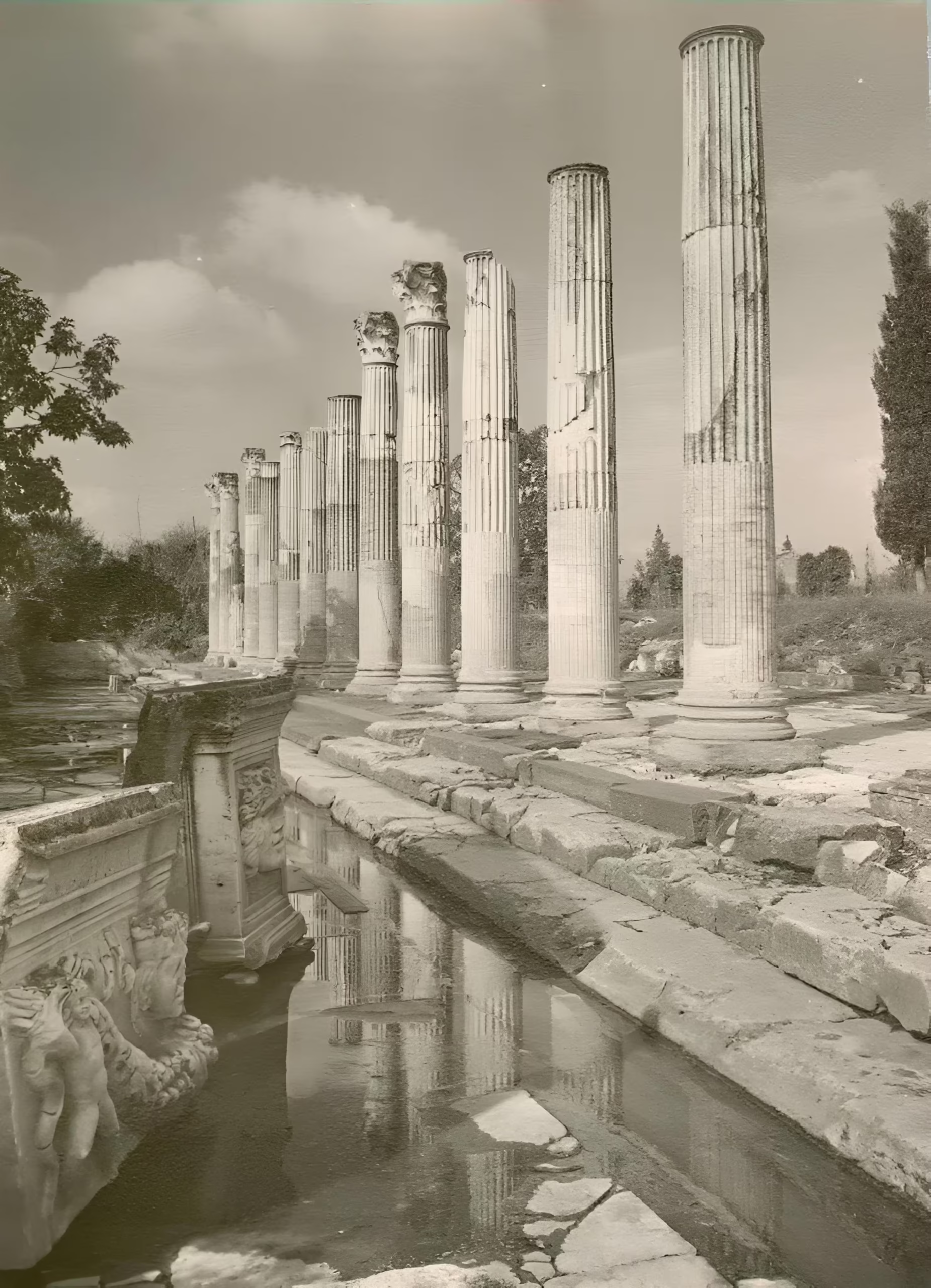
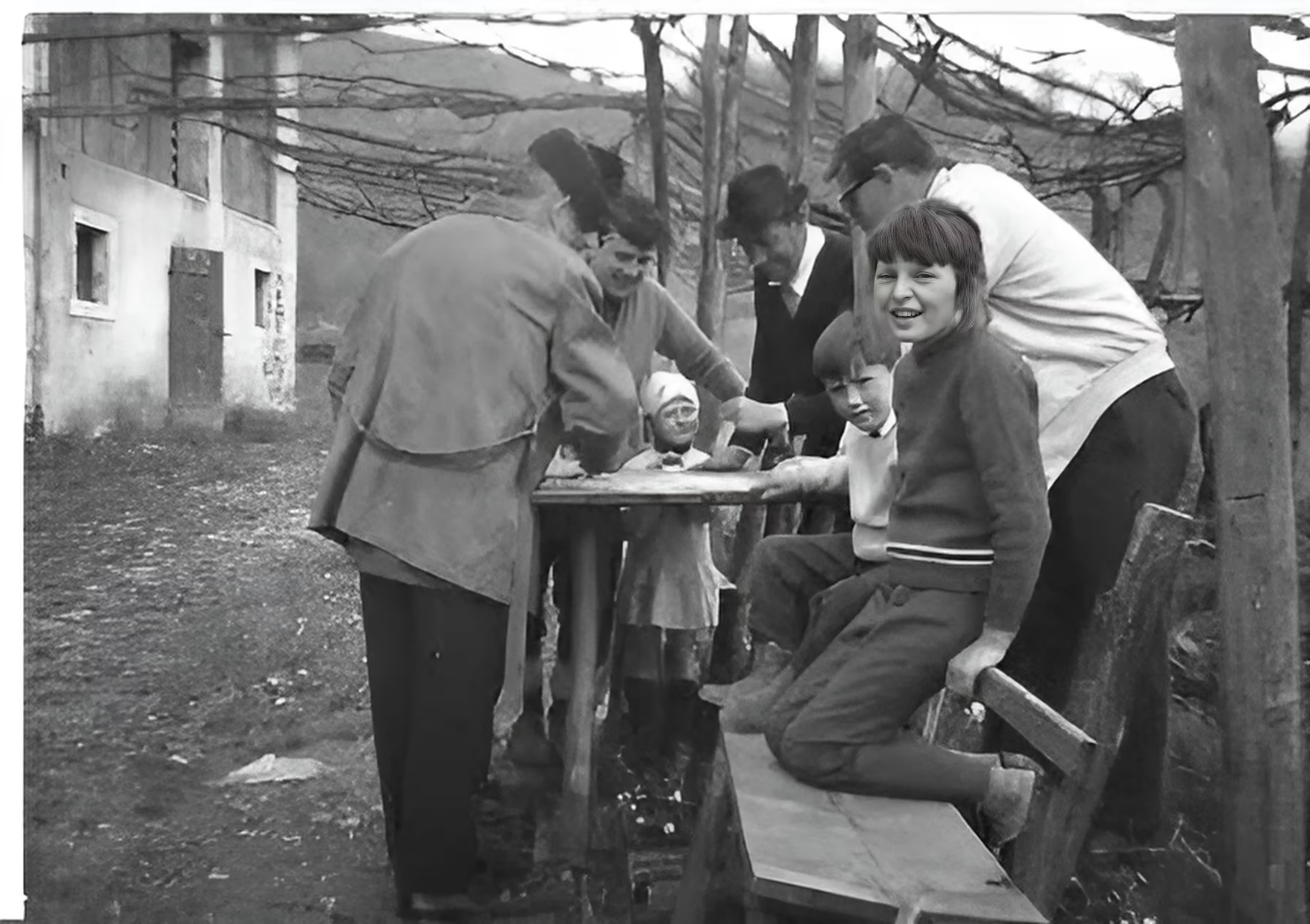
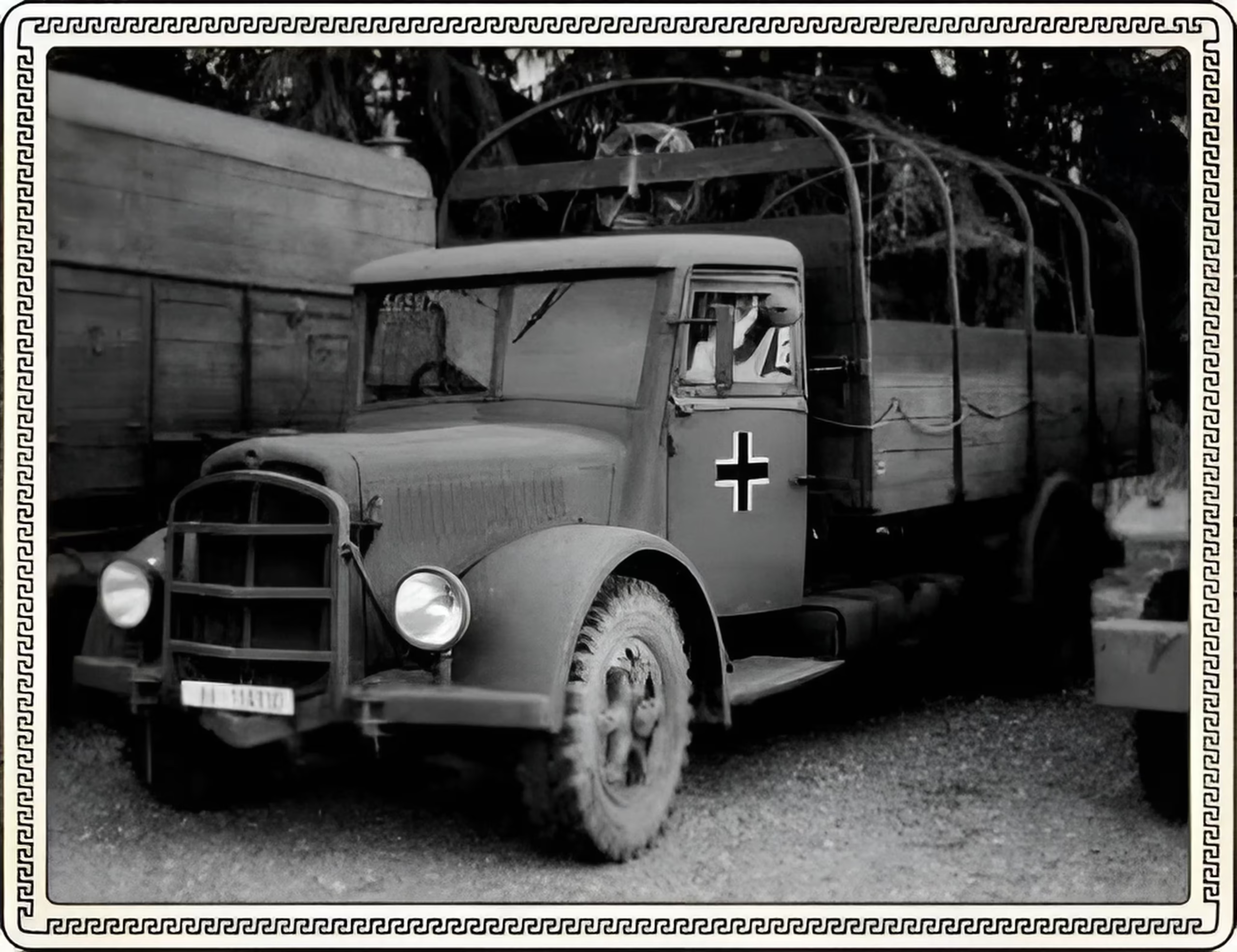
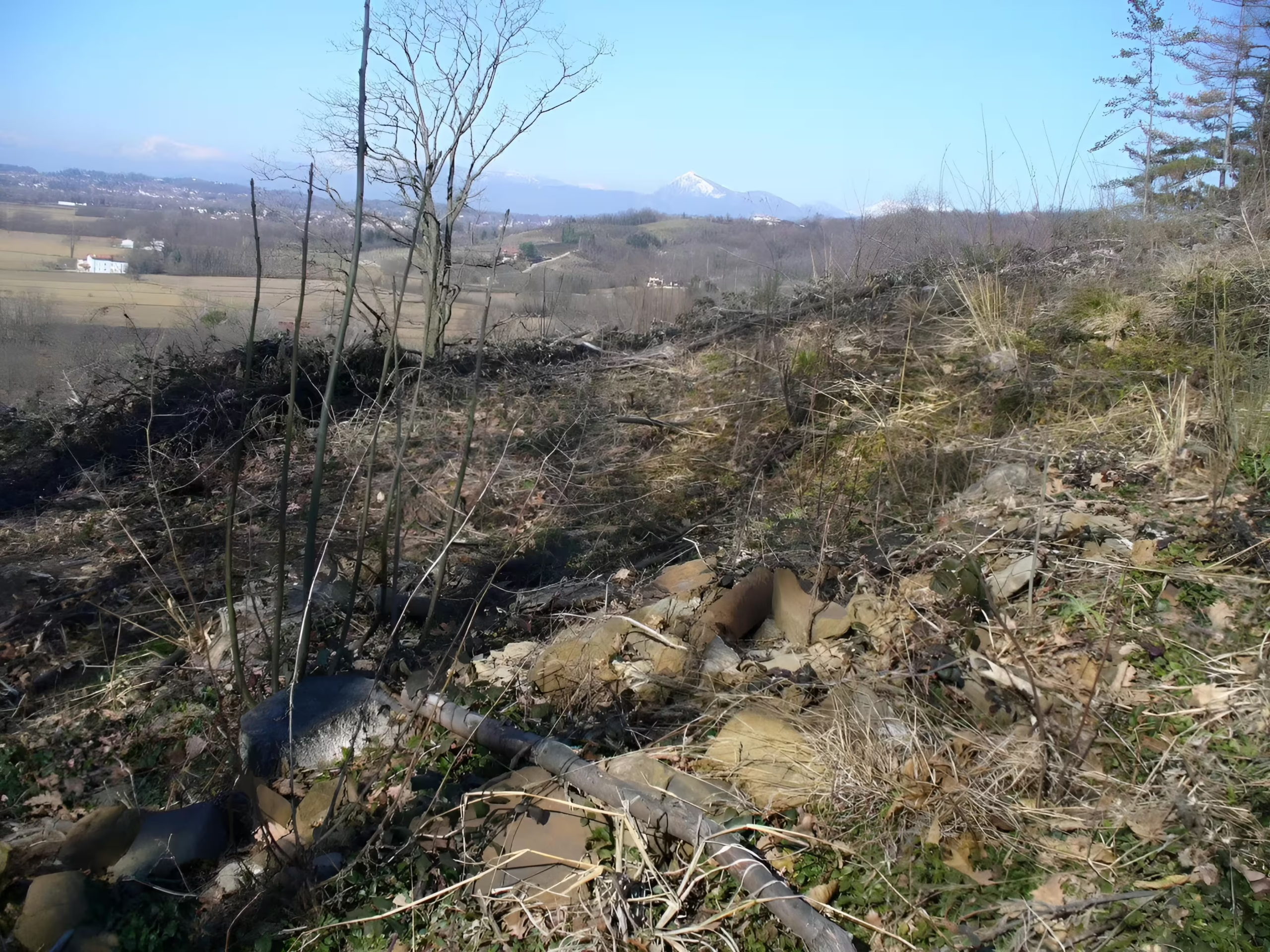
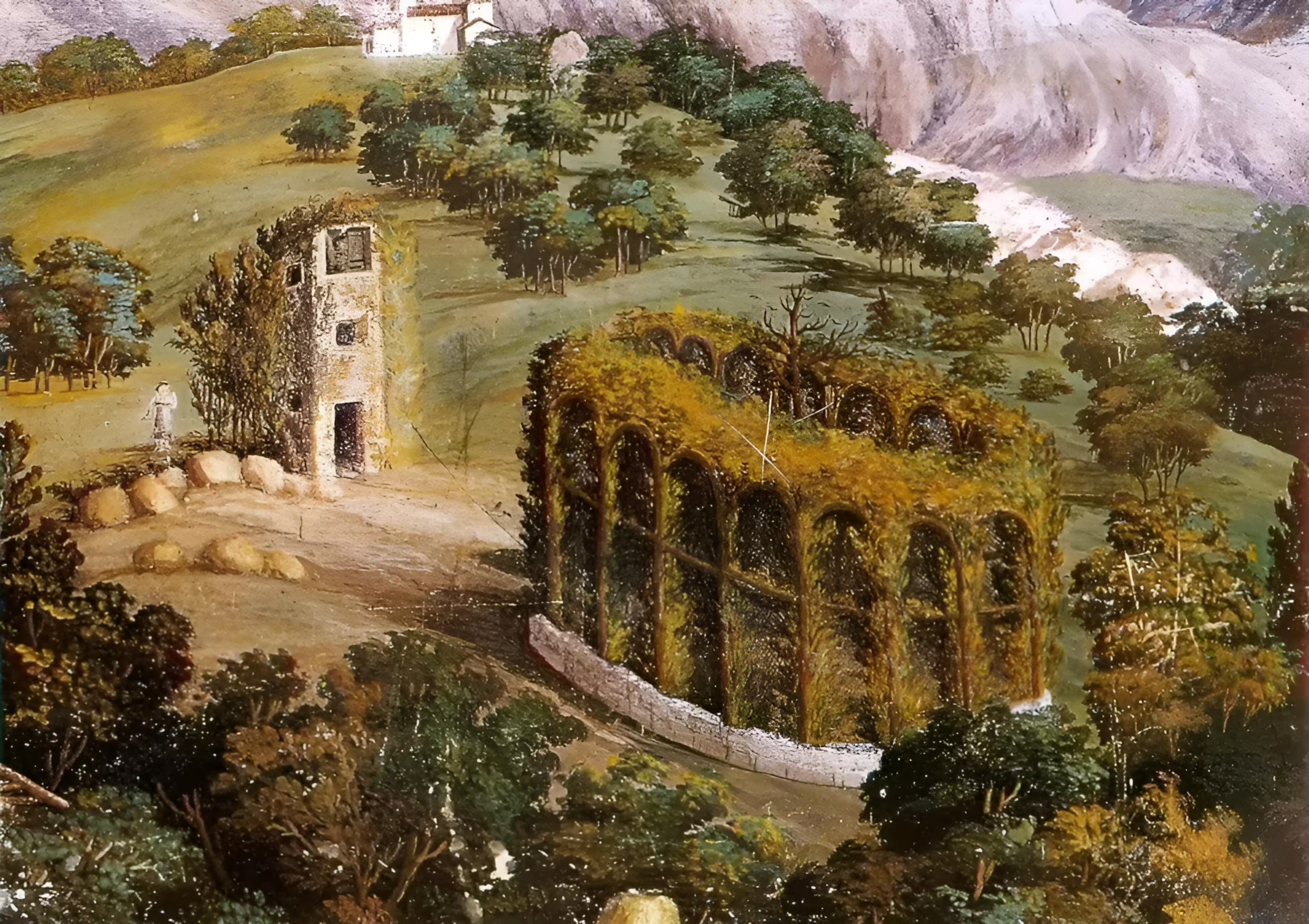
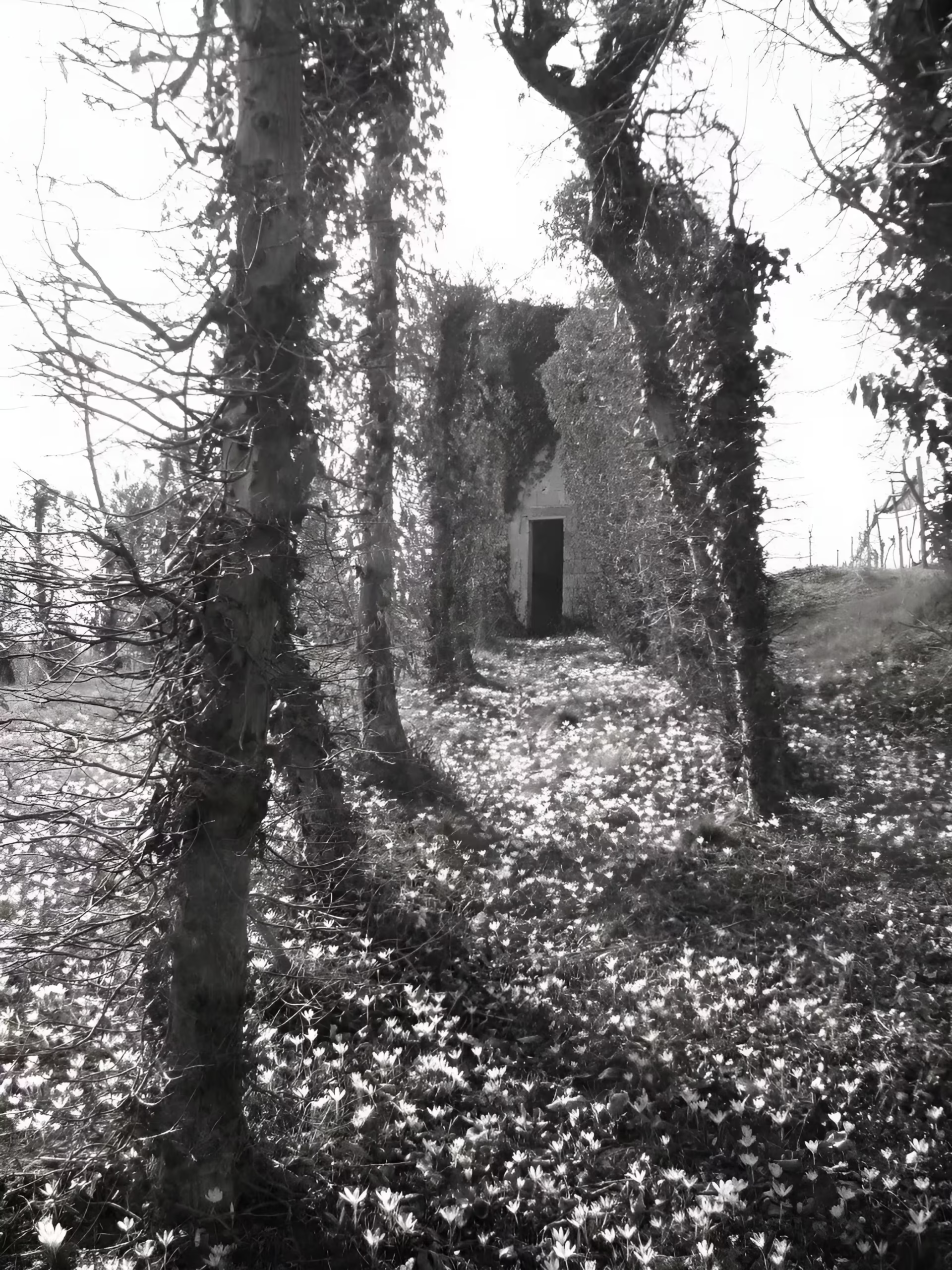
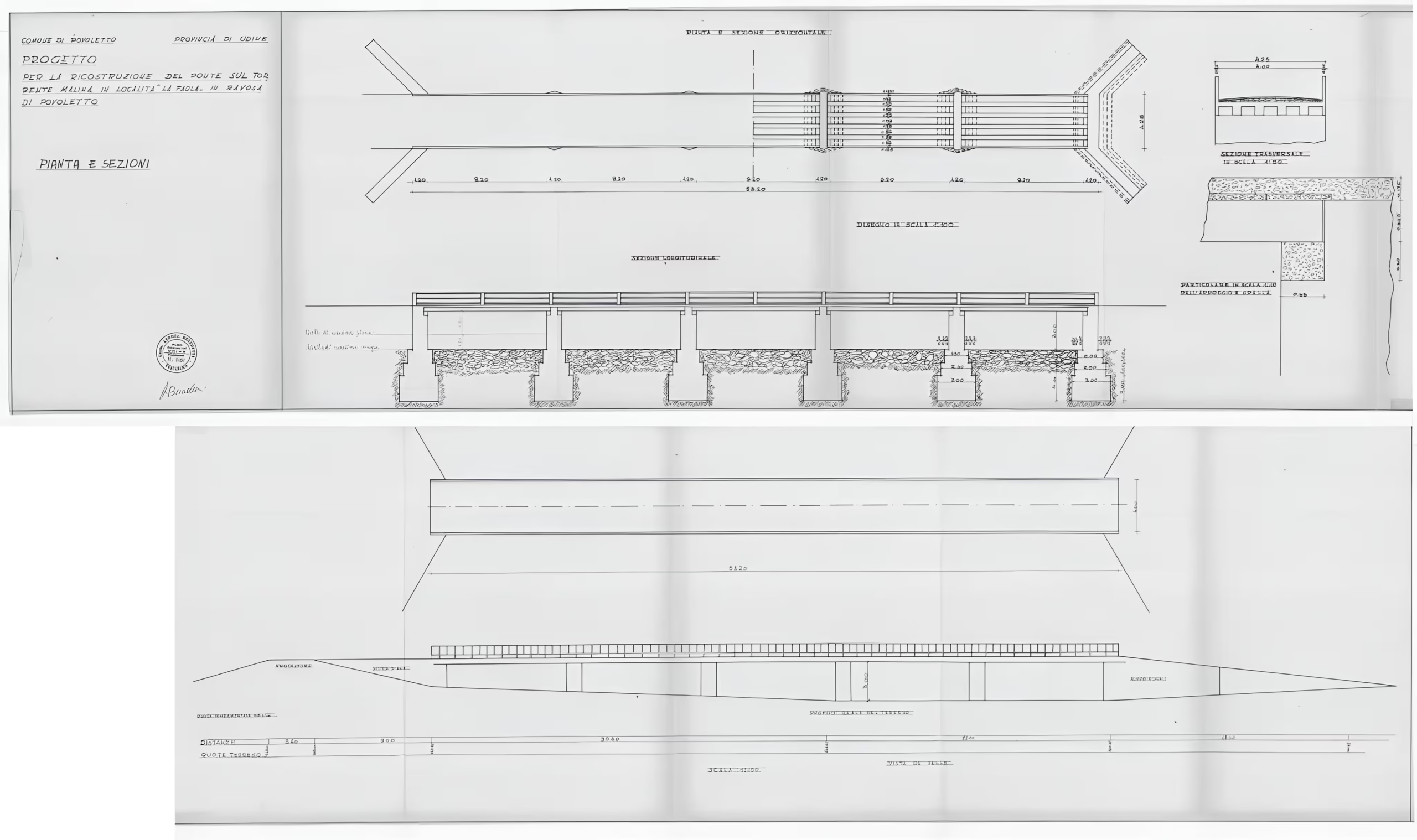
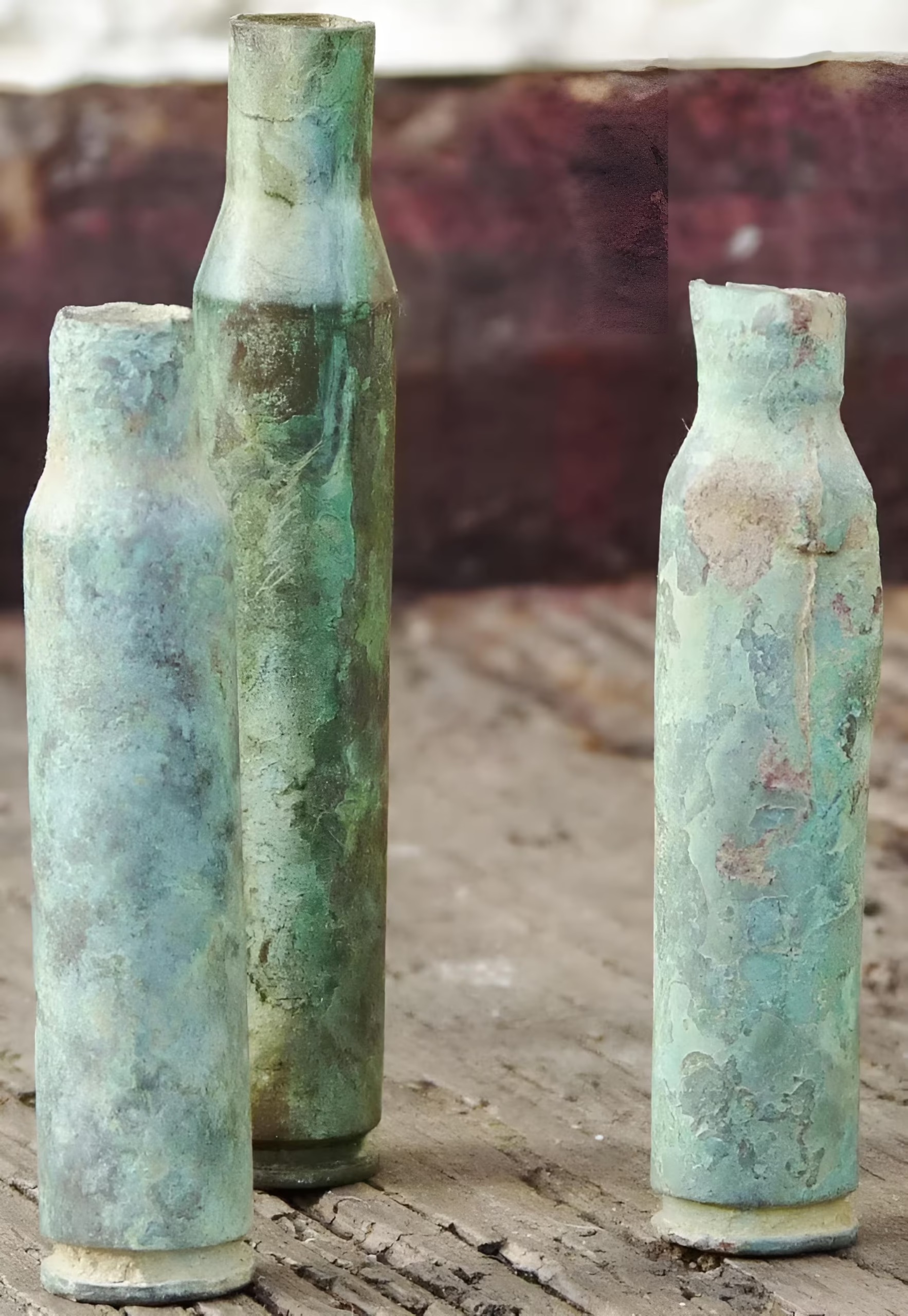
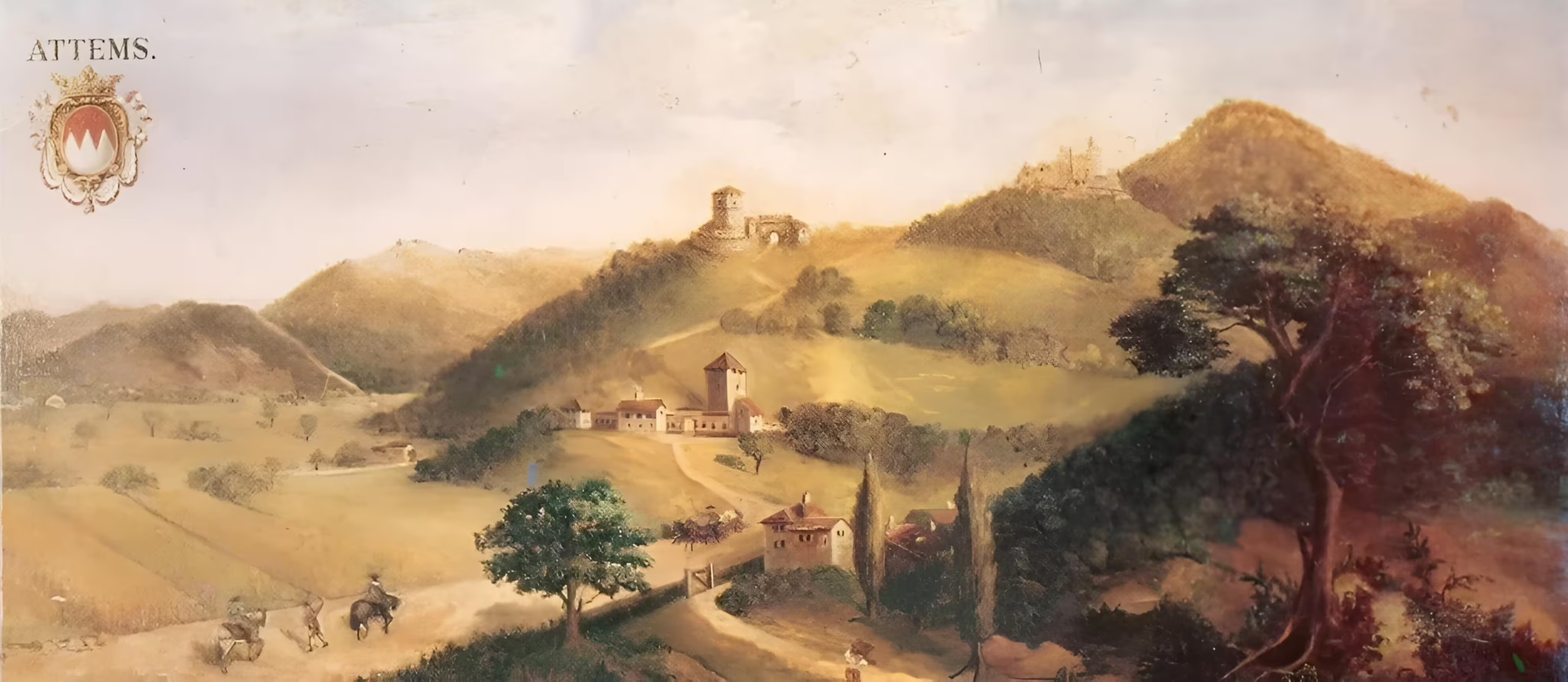
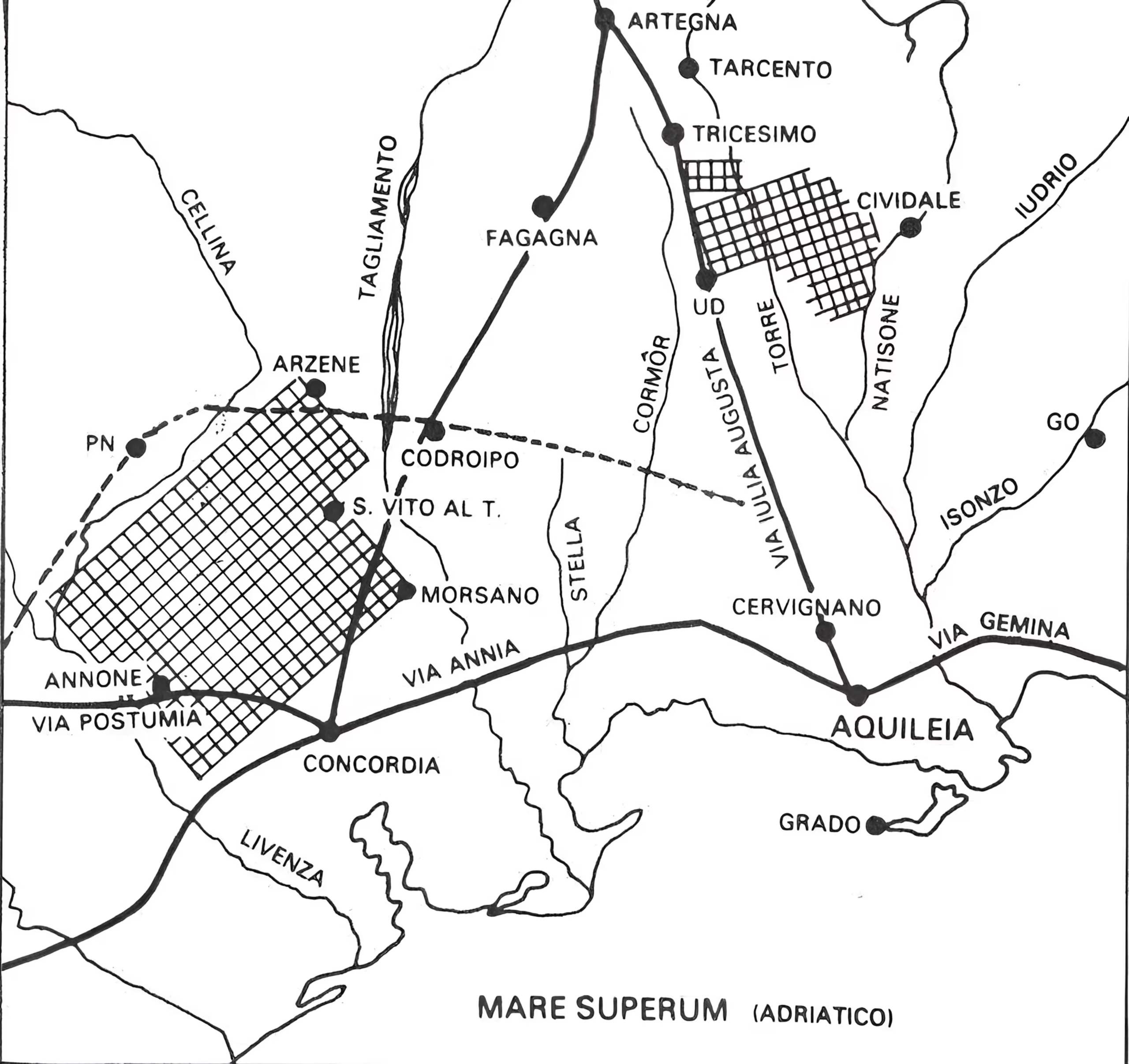
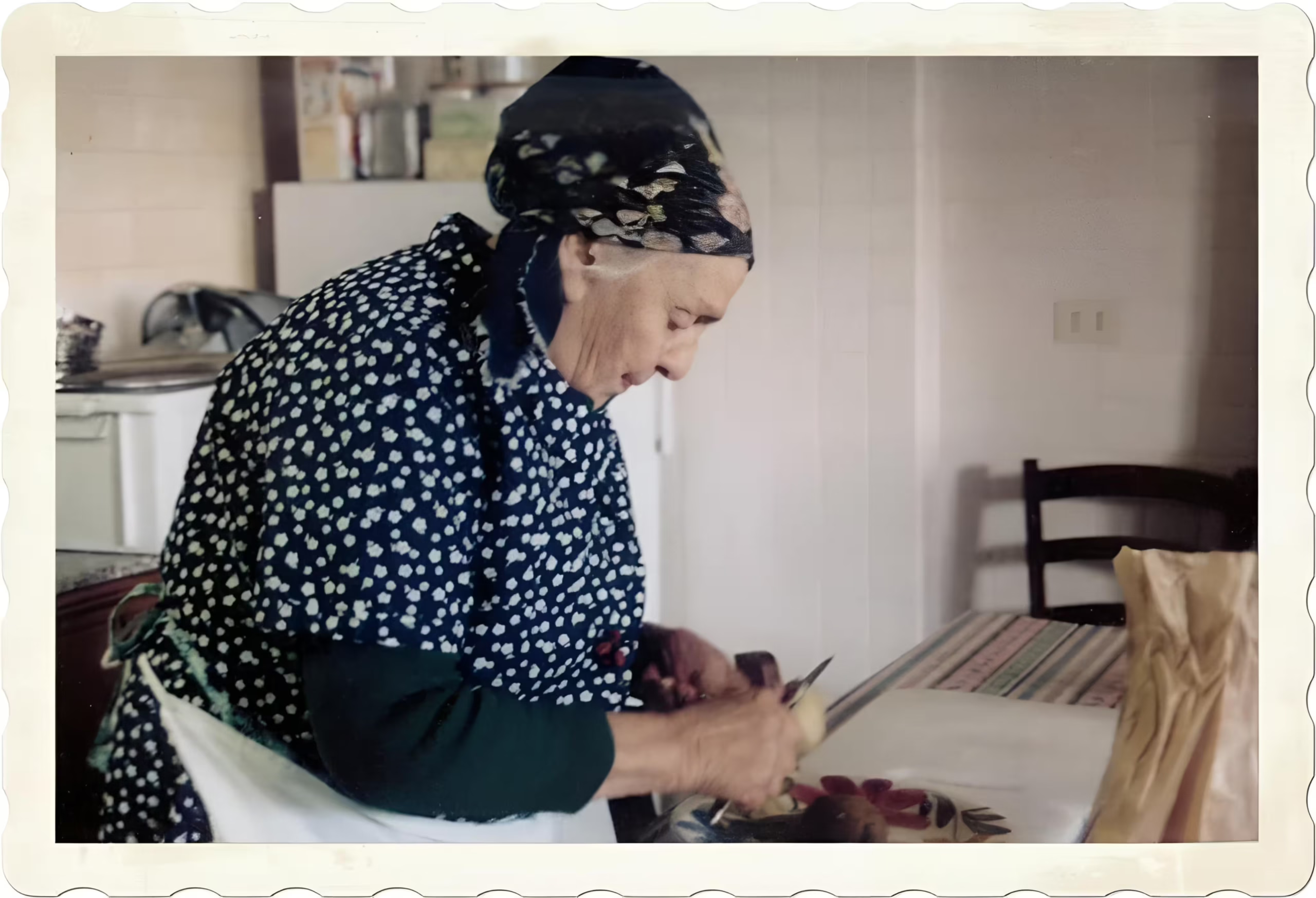



























In the early 1900s, the land where La Faula now stands was owned by the Counts Miani of Angoris. In the 1950s, Luigi Conte Miani di Angoris became one of the first bottlers of the fine wines of the D.O.C. Collio area.
The Tenuta d’Angoris, just outside Cormons, remains renowned for its wines. Around 1910, the Count built a house at La Faula for a family of sharecroppers. The inhabitants of Ravosa, generally quite poor, were employed to help with the construction.
The house was built in three phases, the first was the rectangular building on the west side.
In addition to building the house, the local villagers cleared most of the hill of tree stumps by hand to make it suitable for cultivation. Nothing is known about the first sharecroppers who lived there.
Towards the late 1920s, Angelo Basso from Veneto, a peddler of brooms, obtained the lease of the farm and the share of the crops on behalf of five of his six children, who moved there in 1930. They cultivated fruit, wine, cereals, and milk.
They planted peach, apple, and cherry trees, as well as vineyards on every gentle slope of the hill. The rent paid to the Counts included fifty per cent of the wine produced plus cash obtained from the sale of all other produce.
Franco Colautti was born in 1929 and as a teenager, during the World War II bombardments of the city of Udine, he would leave the city, and stay with his grandmother’s cousin who had married into a Fattor family in Ravosa.
While in Ravosa, like many villagers, he often visited La Faula or swam in the Malina River in front of the property.
From that time, Franco developed a strong affection for Ravosa and, particularly, for La Faula, where he had spent many happy times.
Around 1962 Franco while working in Mexico, decided to write to the mayor of Povoletto, whom he discovered to be a childhood friend, asking if he could buy a farm in the area around Ravosa.
One of the two properties for sale was La Faula.
The Counts Miani di Angoris had mortgaged La Faula as collateral to a bank. On July 22, 1967, Franco Colautti, then a metallurgical engineer in Mexico, purchased the mortgaged property for 9,000,000 Italian Lire. In Enzo Ballico, Franco found a valuable and efficient promoter of his dream to create a small agricultural estate.
Despite the economic difficulties of small-scale farming, Franco landscaped and replanted the vineyard in 1968. In 1972, Franco and his family returned to Italy and moved to Casali Faula, modernizing the house and producing wine with the help of friends on weekends.
On May 6, 1976, the great earthquake, the Orcolat (a pejorative term in Friulian for “orc”), struck, with its epicentre just 30 km from Ravosa.
Besides the destruction of vast areas of the Friuli region in terms of medieval villages and ancient homes, it caused the death of over 1,000 people and the damage of many other buildings.
Fortunately, Casali Faula withstood the over-a-minute-long tremor at 8.1 on the Richter scale but was rendered uninhabitable.
The day after the earthquake, which was also Franco’s birthday, he and his family moved into a house Franco had just built in Udine, which had not been as severely affected by the quake. It took about ten years from May 6 for the house to be certified habitable again.
During this period, Romilda and Emilio, a couple displaced from the mountains by the earthquake, moved into a section of the house at La Faula that had not been damaged by the earthquake.
Their dedication and hard work were crucial for the survival of La Faula.
During the eleven years they lived at La Faula, from August 1976 to 1987, Romilda and Emilio took care of the property, including the vineyard.
With all their knowledge and hard work, they were a great asset to Franco, who, due to his job keeping him abroad most of the year, had little time for La Faula.
Eventually, in 1987, when Milio was 83 and Romilda was 78, they returned to Lusevera.
After Romilda and Milio left, Franco tried to maintain the vineyard, the cellar, and the property with the help of part-time workers from what was still then Yugoslavia.
In 1991, Franco decided to lease the vineyard to Maurizio Zacconer from Nimis, a nearby village.
Maurizio owned a wine shop and had some vineyards of his own. At the same time, part of the house at La Faula was rented to an acquaintance from Udine and his family.
By 1995, the property was in poor condition. Maurizio gave up the lease on the vineyard he had poorly maintained, and the tenants decided to move back to Udine.
At that point, Franco was in a difficult situation. He did not want to sell La Faula and could no longer manage it, as he was already 67 years old.
So, in 1996, Luca Colautti took over the management of the property, despite having no agricultural background, embracing modernization, learning on the job, and attending agricultural courses. In 1996, he opened a “Frasca,” a traditional wine selling point that quickly became popular ( the Frasca, in Italian – Frascie in the Friulian dialect – means tree branch.
It was a Roman custom to signal a place where wine was sold with a tree branch.
The town of Frascati in the Lazio region gets its name from this custom, as does its renowned DOC wine).
The Frasca was very successful and transformed from humble beginnings into a popular place to enjoy a glass of wine with a hard-boiled egg.
In the second year of operation, it became clear that Luca could not manage the place alone, so he was helped by his mother, who hand-washed hundreds of glasses, and his nephews.
In 1997, Luca began attending courses organized by the regional authorities to become a custodian of an agriturismo and applied for a license to rent rooms to tourists in the farmhouse.
Thus, on June 11, 1997, Luca was authorized to rent 6 rooms in the farmhouse to tourists.
This marked the beginning of the business’s development.
Paul, who had previously had a career as a policeman in his native New Zealand and then as a lawyer in the City of London, moved to Milan.
He would come to La Faula on weekends but could not serve behind the counter as he could only say a few words in Italian. In 1997, he left his job in Milan and joined Luca at La Faula.
Here, Paul developed his passion – cooking – becoming an excellent chef highly appreciated by La Faula’s guests.
Their partnership, formalized in 1999, led to steady business development.
Their dedication transformed La Faula into a successful farm and agriturismo.
The story of La Faula is more than just a chronicle of events; it is a testament to the passion and resilience of those who lived there: from Franco’s determination to revive the vineyard, to Romilda and Emilio’s dedication, to Luca and Paul’s innovation and commitment, each generation has contributed to transforming La Faula into what it is today
